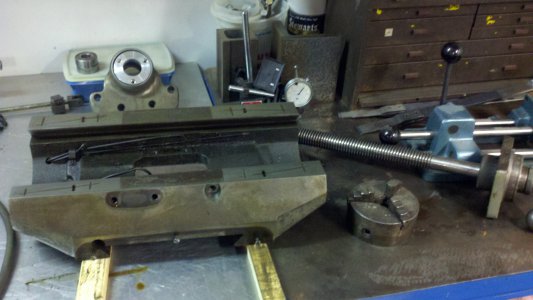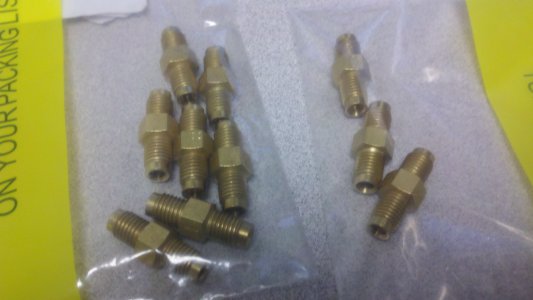So I recently pulled the table and saddle off of my newly acquired bridgeport to straighten the chip guards and noticed that all of the oil lines were plugged. So I proceeded to take the entire oil system apart including removing the black nylon lines from the brass inserts in the saddle casting. I am now having one hell of a time trying to get the lines pushed back in. I've tried putting a little lead-in on the ends of the tubes, and also tried drilling a hole in the jaws of a pliers so I could grab the tubing and not overly distort it, but I still can't get the little guys in there. Are there any other tricks or am I missing something?

Thanks,
Tadd


Thanks,
Tadd


